Nat Neurosci:研究发现秀丽隐杆线虫应对氧浓度行为调节机制
2012-04-10 张笑 中国科学报
《Nature Neuroscience》3月4日在线发表英国剑桥大学的研究人员的研究报告,该报告报道了秀丽隐杆线虫应对环境中氧浓度变化的行为调节机制。这项研究帮助williamhill asia 在了解动物的持续防御行为方面迈出重要的一步。 对所有生物而言,每时每刻都有一大堆的环境信息需要应对,因此其感知系统会进化产生相应的适应机制以对大多数环境刺激作出快速反应或忽略某些刺激。一些有害刺激能在很长时间内被生物所记住,但是,
《Nature Neuroscience》3月4日在线发表英国剑桥大学的研究人员的研究报告,该报告报道了秀丽隐杆线虫应对环境中氧浓度变化的行为调节机制。这项研究帮助williamhill asia 在了解动物的持续防御行为方面迈出重要的一步。
对所有生物而言,每时每刻都有一大堆的环境信息需要应对,因此其感知系统会进化产生相应的适应机制以对大多数环境刺激作出快速反应或忽略某些刺激。一些有害刺激能在很长时间内被生物所记住,但是,人们目前还不完全了解控制这种持续反应的调节机制。
在野外条件下,秀丽隐杆线虫有可能处于氧浓度变化差异很大的环境中。而在这样的环境下,这种线虫可以通过改变移动速度、方向,或者聚集起来共同降低氧浓度的方式应对高低不同的氧浓度。Mario De Bono和同事研究了线虫的氧气感知神经细胞,这种被称为“兴奋”传感器的神经细胞可以在氧气环境中持续产生应答。利用遗传学工具,他们发现了这种神经细胞中兴奋信号产生的分子机制以及兴奋信号是如何传递给下游神经细胞以引发短时或长时行为的。(生物谷 bioon.com )

doi:10.1038/nn.3061
PMC:
PMID:
Tonic signaling from O2 sensors sets neural circuit activity and behavioral state
Karl Emanuel Busch, Patrick Laurent, Zoltan Soltesz, Robin Joseph Murphy, Olivier Faivre, Berthold Hedwig, Martin Thomas, Heather L Smith,Mario de Bono
Tonic receptors convey stimulus duration and intensity and are implicated in homeostatic control. However, how tonic homeostatic signals are generated and how they reconfigure neural circuits and modify animal behavior is poorly understood. Here we show that Caenorhabditis elegans O2 -sensing neurons are tonic receptors that continuously signal ambient [O2] to set the animal's behavioral state. Sustained signaling relied on a Ca2+ relay involving L-type voltage-gated Ca2+channels, the ryanodine and the inositol-1,4,5-trisphosphate receptors. Tonic activity evoked continuous neuropeptide release, which helps elicit the enduring behavioral state associated with high [O2]. Sustained O2 receptor signaling was propagated to downstream neural circuits, including the hub interneuron RMG. O2 receptors evoked similar locomotory states at particular O2 concentrations, regardless of previous d[O2]/dt. However, a phasic component of the URX receptors' response to high d[O2]/dt, as well as tonic-to-phasic transformations in downstream interneurons, enabled transient reorientation movements shaped by d[O2]/dt. Our results highlight how tonic homeostatic signals can generate both transient and enduring behavioral change.
本网站所有内容来源注明为“williamhill asia 医学”或“MedSci原创”的文字、图片和音视频资料,版权均属于williamhill asia 医学所有。非经授权,任何媒体、网站或个人不得转载,授权转载时须注明来源为“williamhill asia 医学”。其它来源的文章系转载文章,或“williamhill asia 号”自媒体发布的文章,仅系出于传递更多信息之目的,本站仅负责审核内容合规,其内容不代表本站立场,本站不负责内容的准确性和版权。如果存在侵权、或不希望被转载的媒体或个人可与williamhill asia 联系,williamhill asia 将立即进行删除处理。
在此留言
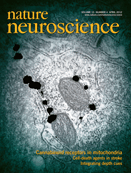




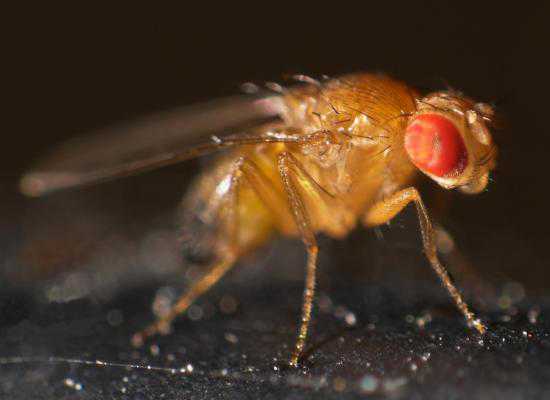
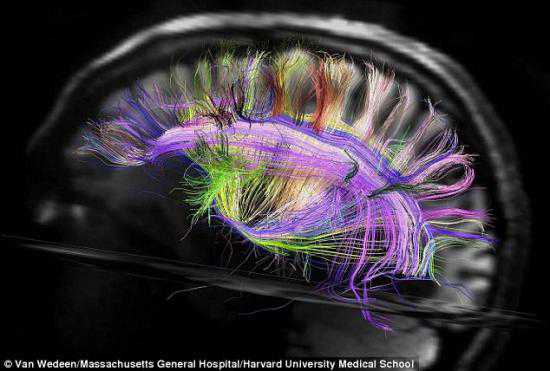
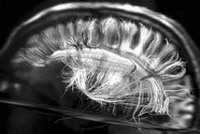
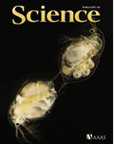





#调节机制#
54
#研究发现#
43
#Nat#
55
#ROS#
47
#线虫#
48
#浓度#
68